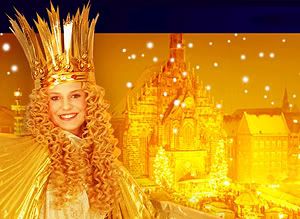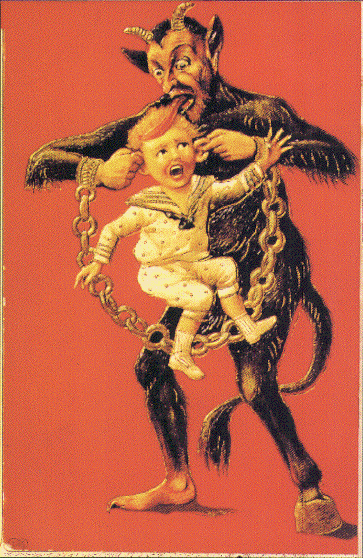Rosanne
Thank you KariRoad for coming back and explaining your theory about pre Christian Tarot. In one sense I was like you in this belief. I was sure the abjad of the Phoenicians explained Tarot. Well it can if you make a squeeze. It can explain many universal truths- which is why Tarot is used these days for reading.
What changed me was I was given a most beautiful illuminated book with commentary on the Hebrew Alphabet. The author believed if correctly understood the alphabet was a primer for life- Ethical conduct- religious guidance, and philosophical ideas all contained and explained by these letters.
The author believes the letters are the array of spiritual forces through which God articulates his will in creation. Now it corresponds up to letter 7 with Tarot then the whole thing goes to poo and you have to alter everything to fit.
All these things/ideas/theories are always a squeeze to fit Tarot. Even as astrology and astronomy is altered to fit- as you can see with old Man time and Saturn. The Hermit from the Visconti is not Old Man time in the conventional way. Nothing ever quite fits. There is one thing that also does not quite fit in the 15th Century- the Miracle/Mystery/Church plays they are quite warped too. To me this is the logical base for a game- not the Egyptians or even before them. I can fit the 22 cards into Maori Cultural heritage as well. They have almost the same theology as the Egyptians and people sometimes believe the Maori came originally from Egypt. I believe that we can take Tarot and shape it into any culture- in fact it has been shaped into Native Indian Culture as a theme- does not mean that Tarot actual physical origins are any earlier than the 15th Century Italy.
I enjoyed what you posted- please keep posting.
~Rosanne
What changed me was I was given a most beautiful illuminated book with commentary on the Hebrew Alphabet. The author believed if correctly understood the alphabet was a primer for life- Ethical conduct- religious guidance, and philosophical ideas all contained and explained by these letters.
The author believes the letters are the array of spiritual forces through which God articulates his will in creation. Now it corresponds up to letter 7 with Tarot then the whole thing goes to poo and you have to alter everything to fit.
All these things/ideas/theories are always a squeeze to fit Tarot. Even as astrology and astronomy is altered to fit- as you can see with old Man time and Saturn. The Hermit from the Visconti is not Old Man time in the conventional way. Nothing ever quite fits. There is one thing that also does not quite fit in the 15th Century- the Miracle/Mystery/Church plays they are quite warped too. To me this is the logical base for a game- not the Egyptians or even before them. I can fit the 22 cards into Maori Cultural heritage as well. They have almost the same theology as the Egyptians and people sometimes believe the Maori came originally from Egypt. I believe that we can take Tarot and shape it into any culture- in fact it has been shaped into Native Indian Culture as a theme- does not mean that Tarot actual physical origins are any earlier than the 15th Century Italy.
I enjoyed what you posted- please keep posting.
~Rosanne






